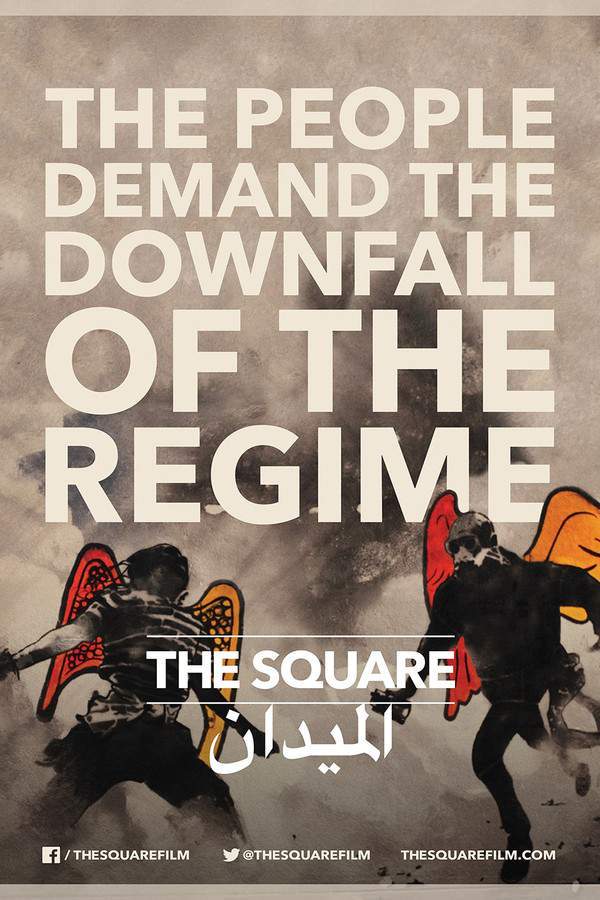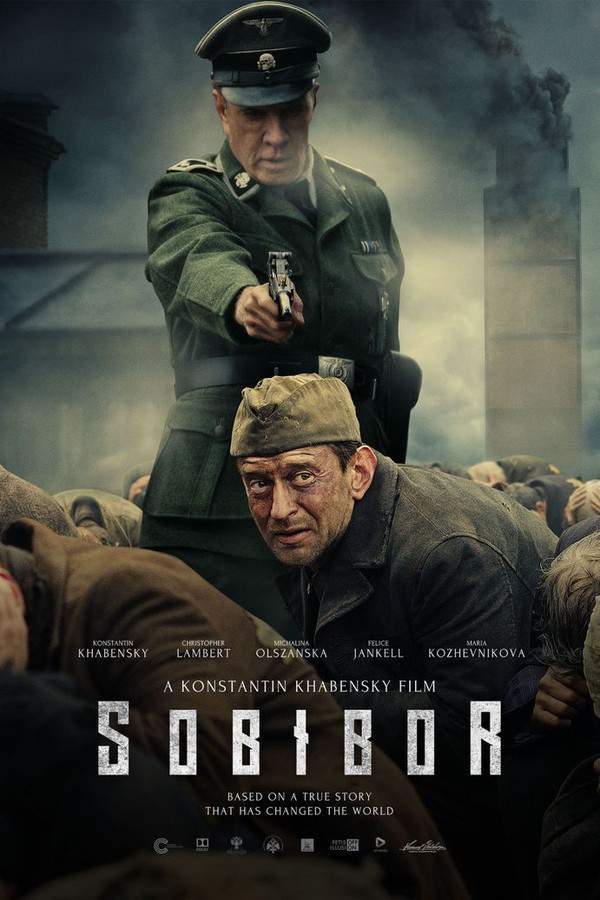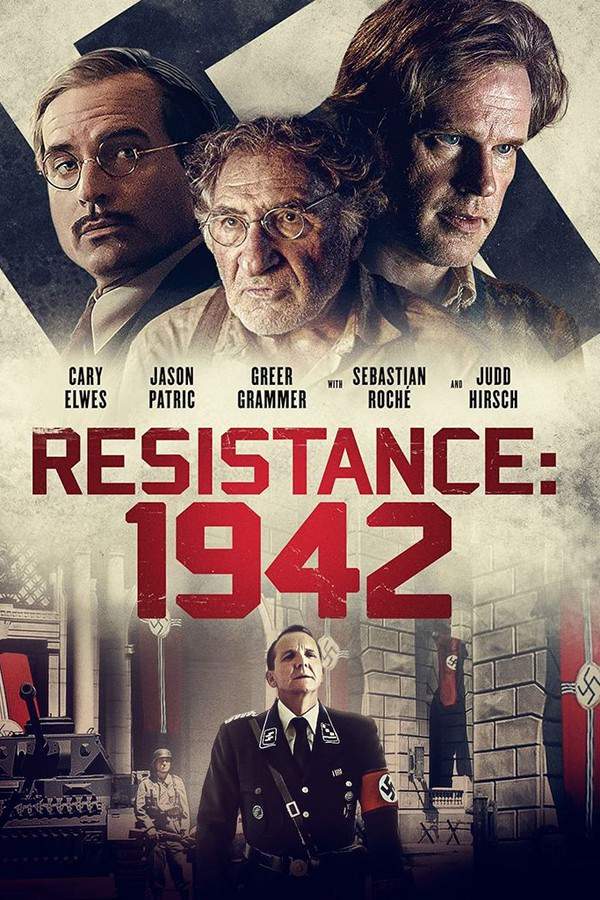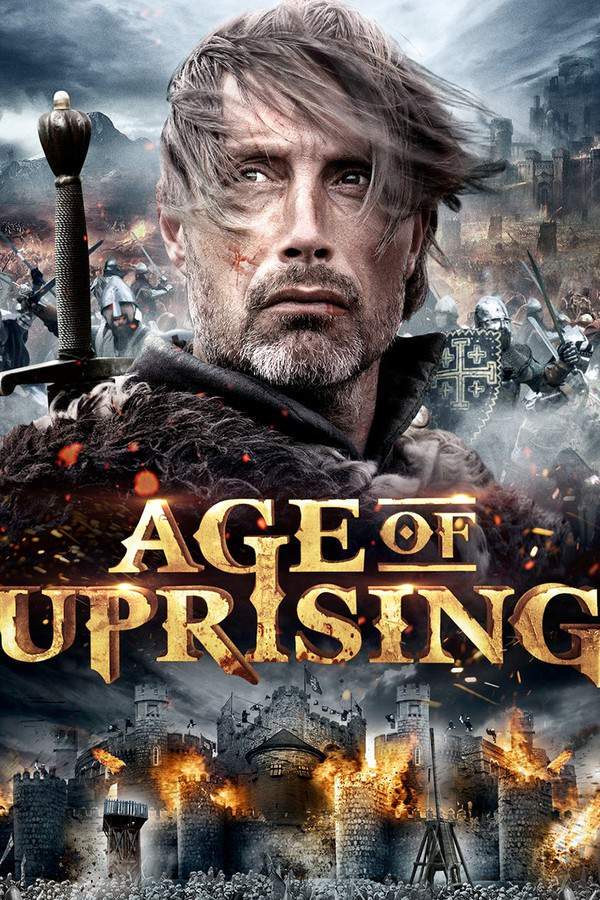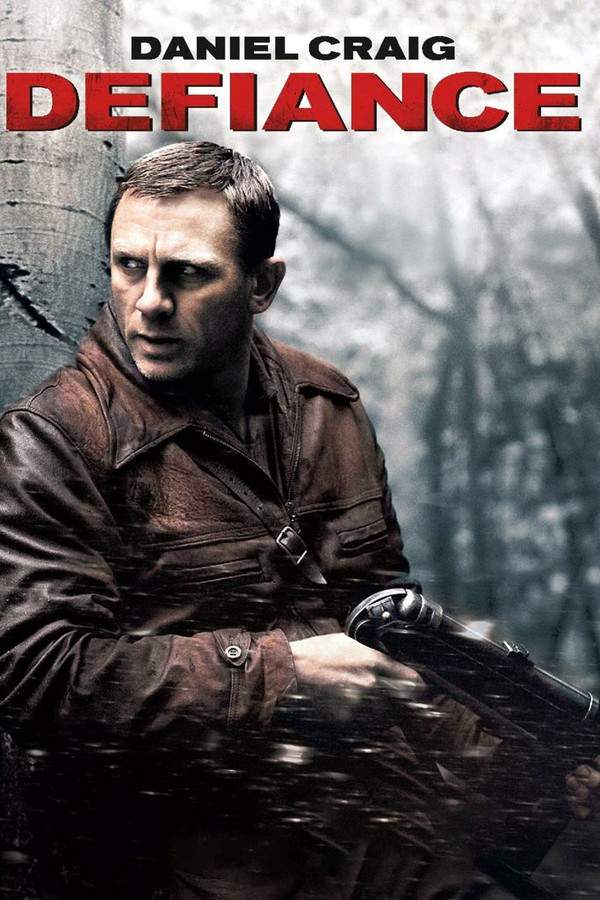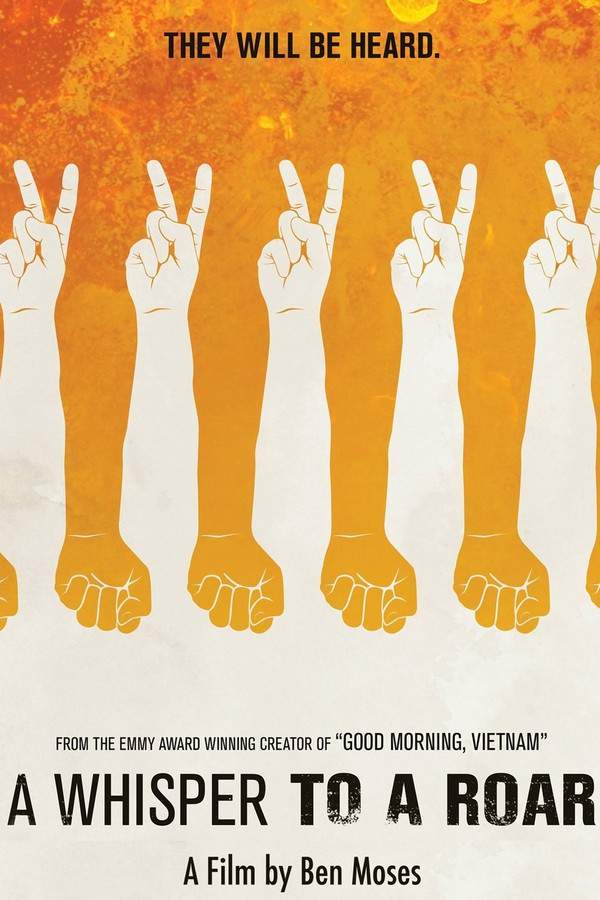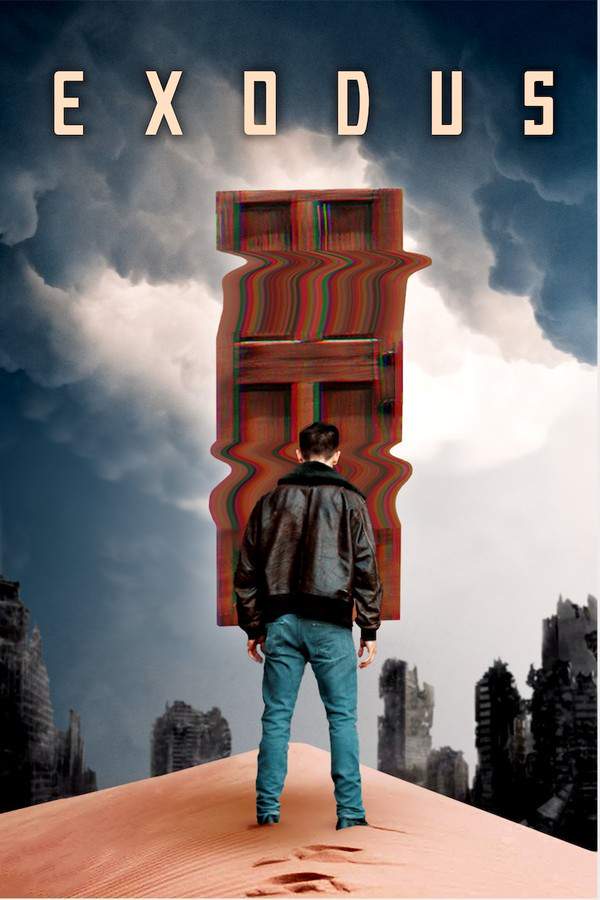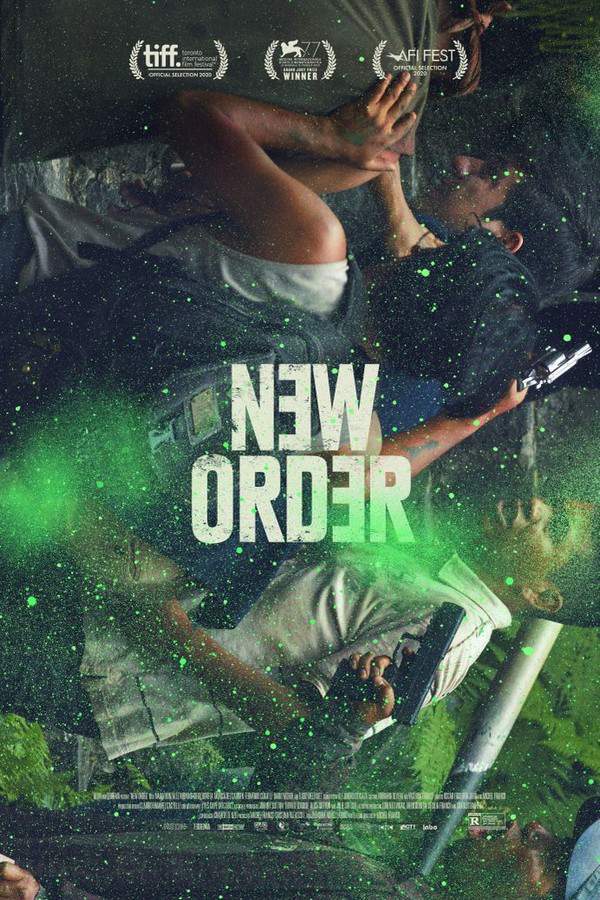
Uprising
Year: 2001
Runtime: 177 min
Language: English
Director: Jon Avnet
During the 2011 Egyptian revolution, a nation stood against decades of oppressive rule. This film weaves together the experiences of revolutionaries, prominent leaders, and international diplomats. Through their personal accounts, it explores the crucial events and sacrifices that defined the uprising against Hosni Mubarak and forever changed the course of Egyptian history.
Warning: spoilers below!
Haven’t seen Uprising yet? This summary contains major spoilers. Bookmark the page, watch the movie, and come back for the full breakdown. If you're ready, scroll on and relive the story!
Uprising (2001) – Full Plot Summary & Ending Explained
Read the complete plot breakdown of Uprising (2001), including all key story events, major twists, and the ending explained in detail. Discover what really happened—and what it all means.
The film situates itself at the outbreak of World War II and follows the dramatic consequences of Germany’s invasion of Poland on September 1, 1939. Almost immediately, a regulation orders Polish Jews to move into the newly created Warsaw Ghetto, where a Judenrat is installed to manage daily life and administer the community under harsh German oversight. At the center of this administration is Adam Czerniaków, the head of the Judenrat, who finds himself tasked with carrying out orders from the occupiers, including the deportations that push Jews toward the infamous Treblinka extermination camp.
A sense of moral tension pervades the ghetto as a group of Polish Jews decide to resist the machinery of murder and to defend the honor and humanity of their people. They seek to organize and protect their community, even as Czerniaków, as its leader, worries that any act of defiance could provoke brutal German reprisals and jeopardize the lives of countless residents. The film traces these conflicting pressures with quiet gravity, showing how leadership and loyalty pull in opposite directions when survival is at stake.
By the end of 1942, the grim reality becomes undeniable: deportations to Treblinka have begun, and many in the ghetto sense that doom is closing in. In this dark moment, the seeds of organized resistance take shape. Mordechai Anielewicz, together with Yitzhak Zuckerman, lay the groundwork for the Jewish Combat Organization, known in Polish as ZOB. The narrative shifts to explore the moral dilemmas faced by members of the underground as they prepare for revolt: “How to remain moral, in an immoral society?”
How to remain moral, in an immoral society?
As the ghetto endures a renewed assault—Nazi raids that echo the earlier onslaught—the resistance answers with defiance. On January 18, 1943, the Germans strike again, but this time the ghetto fights back, and the Jewish Combat Organization helps to halt the raids, demonstrating resolve under fire. The following months bring even greater peril, and the Germans return on 19 April 1943 to ignite the Warsaw Ghetto Uprising.
In the intervening period, residents improvise sturdy defenses: they construct hidden shelters and bunkers in basements and cellars, with tunnels that connect buildings and expand their defensive options. Those who manage to arm themselves take position in these refuges, turning the densely built space of the ghetto into a network of strongholds. The fighters, though few and outgunned, gain an advantageous posture by using these concealed strongholds to mount a stubborn defense against overwhelming odds.
The film presents a powerful, humanized portrait of a community resisting annihilation, balancing intimate scenes of fear, courage, and solidarity with the stark realities of occupation. It places the audience beside those who choose moral action in the face of brutality, and it honors the memory of a people who fought to preserve dignity amid catastrophe. Through its careful portrayal of the decisions, dangers, and small acts of rebellion, the narrative honors the endurance and complexity of the Warsaw Ghetto Uprising while staying faithful to the historical arc of these pivotal events.
Last Updated: November 22, 2025 at 15:58
Unlock the Full Story of Uprising
Don't stop at just watching — explore Uprising in full detail. From the complete plot summary and scene-by-scene timeline to character breakdowns, thematic analysis, and a deep dive into the ending — every page helps you truly understand what Uprising is all about. Plus, discover what's next after the movie.
Uprising Timeline
Track the full timeline of Uprising with every major event arranged chronologically. Perfect for decoding non-linear storytelling, flashbacks, or parallel narratives with a clear scene-by-scene breakdown.

Similar Movies to Uprising
Discover movies like Uprising that share similar genres, themes, and storytelling elements. Whether you’re drawn to the atmosphere, character arcs, or plot structure, these curated recommendations will help you explore more films you’ll love.
Explore More About Movie Uprising
Uprising (2001) Scene-by-Scene Movie Timeline
Uprising (2001) Movie Characters, Themes & Settings
Uprising (2001) Spoiler-Free Summary & Key Flow
Movies Like Uprising – Similar Titles You’ll Enjoy
Uprising (2013) (2013) Detailed Story Recap
Uprising (2024) Ending Explained & Film Insights
The Square (2013) Ending Explained & Film Insights
Sobibor (2019) Ending Explained & Film Insights
Clash (2017) Ending Explained & Film Insights
Resistance (2020) Story Summary & Characters
Resistance: 1942 (2022) Movie Recap & Themes
Age of Uprising: The Legend of Michael Kohlhaas (2014) Spoiler-Packed Plot Recap
Munich (2005) Ending Explained & Film Insights
Defiance (2008) Movie Recap & Themes
A Whisper to a Roar (2012) Film Overview & Timeline
The Nile Hilton Incident (2017) Movie Recap & Themes
Exodus (1960) Complete Plot Breakdown
New Order (2021) Plot Summary & Ending Explained
Sobibór, 14 Octobre 1943, 16 heures (2001) Full Summary & Key Details





